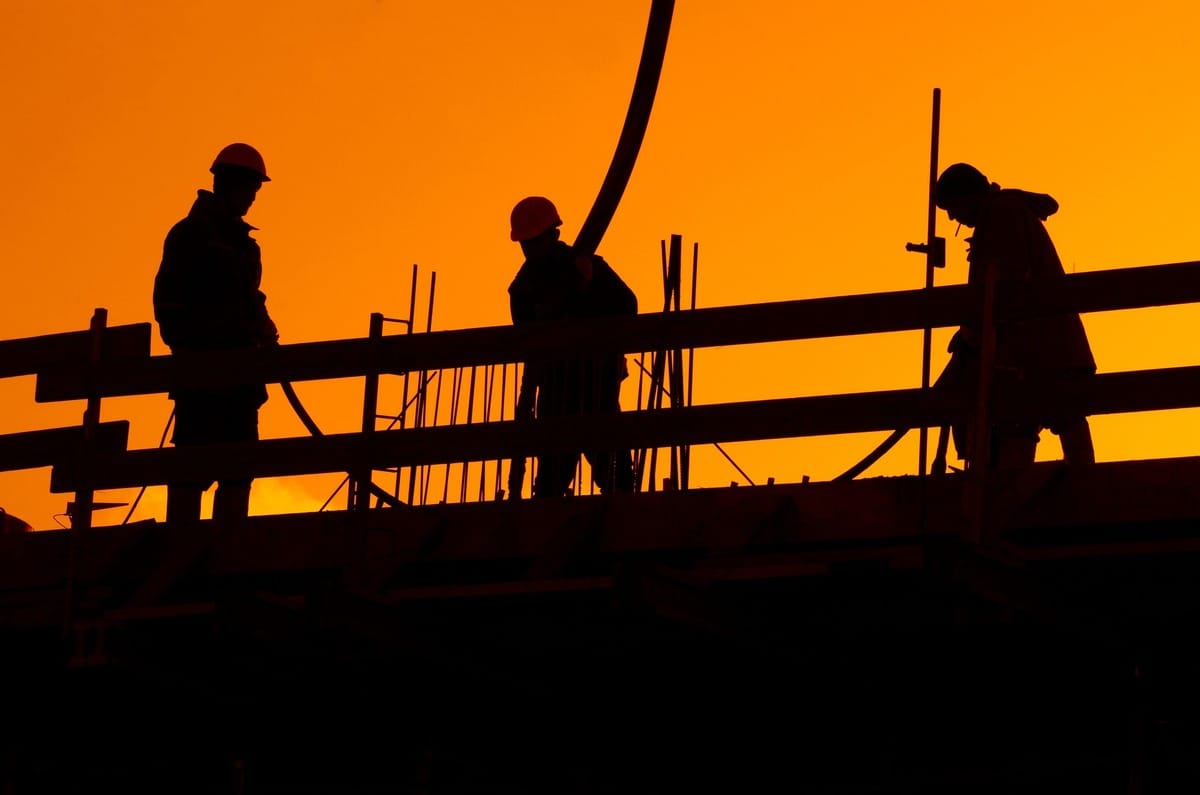- Full Brim Safety
- Posts
- Heavy Equipment - Maintenance, Attachments, and Site Flow
Heavy Equipment - Maintenance, Attachments, and Site Flow
Full Brim Safety: Build Smart, Build Safe

Heavy Equipment - Maintenance, Attachments, and Site Flow
Welcome back, let's Build Smart & Build Safe! We've covered understanding heavy equipment hazards, operator safety, and safe proximity for ground crews. Today, we're focusing on three more vital aspects: safe maintenance, handling attachments, and overall site traffic management. These elements are crucial for a smoothly running and safer construction site.
Keeping equipment in top condition, handling its tools safely, and managing how everything moves around the site are all key to preventing accidents.
1. Safe Maintenance Practices: Power Down Before You Work
Lockout/Tagout (LOTO): This is non-negotiable for maintenance and repairs. Before any work on equipment begins, it must be completely de-energized, locked out to prevent accidental startup, and tagged to indicate it's undergoing service. This protects technicians from sudden movement or activation.
Chock and Block: Always chock wheels and block elevated components (like raised buckets or blades) before working beneath them or on hydraulic systems. Never rely solely on hydraulics.
Ground All Hydraulics: No hydraulics should be under pressure, make sure all booms, buckets, or other attachments are on the ground before working on equipment.
Trained Personnel: Only qualified and authorized personnel should perform maintenance and repairs.
2. Handling Attachments Safely: Tools of the Trade
Proper Securing: Ensure all attachments (buckets, forks, hammers, augers) are correctly and securely connected to the equipment's quick coupler or mounting system. Check pins, locks, and indicators before use.
Safe Swapping: Follow manufacturer guidelines for attaching and detaching. Ensure the area is clear of personnel. Lower attachments to the ground before dismounting or leaving the cab.
Storage: Store unused attachments securely on level ground, out of traffic paths, to prevent them from tipping or rolling.
3. Site Traffic Management: Orchestrating Safe Movement
Traffic Management Plan: Implement a clear plan for how equipment and vehicles move around the site. This includes designated travel paths, speed limits, and one-way systems where practical.
Pedestrian Walkways: Separate pedestrian routes from equipment travel paths whenever possible. Use physical barriers, cones, and clear signage.
Loading/Unloading Zones: Designate safe, clear areas for loading and unloading materials, away from active work zones and pedestrian traffic.
Visibility at Intersections: Ensure clear lines of sight at intersections and corners. Consider convex mirrors.
Equipment Security: When equipment is parked or left unattended, lower all attachments to the ground, set brakes, and remove keys to prevent unauthorized use.
These practices create a safer environment for everyone – from those operating and maintaining the machines to those working nearby. Tomorrow, on Fall Protection Friday, we'll address a frequently overlooked hazard: falls from heavy equipment itself.
Don't forget to sign your friends up for Full Brim Safety for your daily dose of construction safety tips!
-The Safety Man
